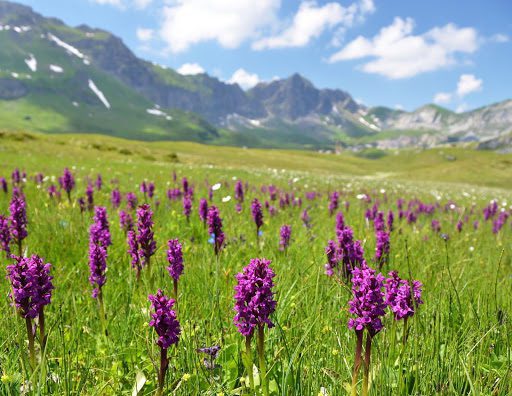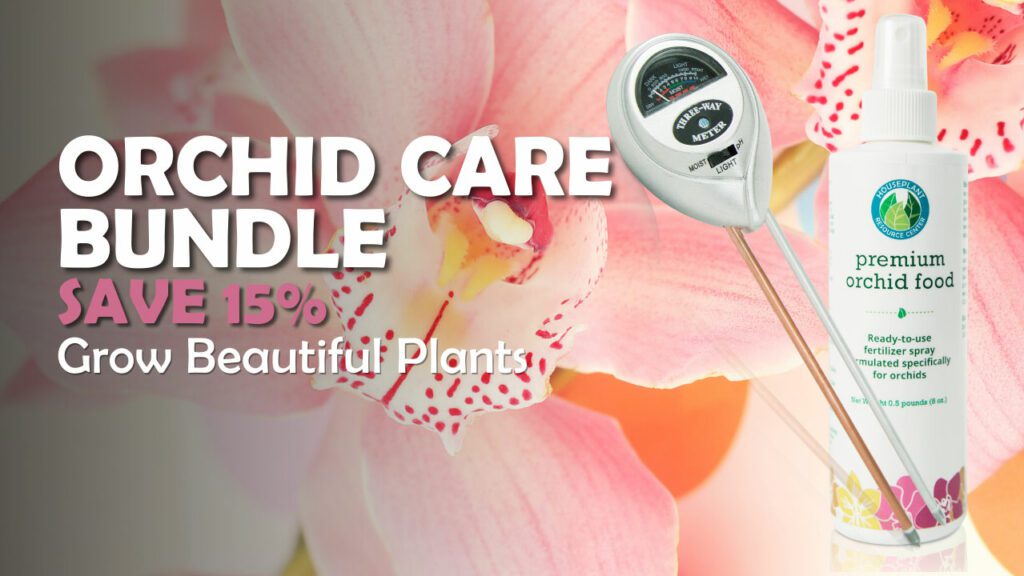Discover 6 interesting facts that make wild orchids so unique.
Wild orchids are majestic plants. They’ve been recognized as icons of beauty for centuries, and they’re revered in many cultures as symbols of peace and tranquility. Both in the United States and abroad, orchids are coveted for their unique blooms and historic significance.
The Orchidaceae family is home to more than 25,000 flower species, and every year botanists and horticulturists discover new crossbreeds living in the wild. When you consider these numbers alongside the many hybrid species bred for home gardens and indoor spaces, the variety of orchids in the world is truly stunning.
To help you become more familiar with your own orchids, we’ve put together a list of 6 little-known facts about wild orchids. We hope these facts will nurture your love of orchids and inspire you to delve deeper into the orchid’s rich history.
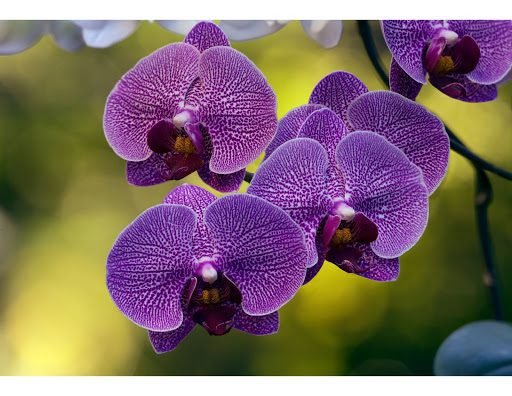
Fact #1: Wild orchids can live up to 100 years.
Undisrupted, orchids can live for many decades. In the wild, orchids often receive optimal light, water, and temperatures to thrive. They’re easily able to follow traditional bloom and dormant schedules and only grow where they can survive. As orchids age, they eventually produce less blooms or show discolored foliage.
The most common contributor to orchid death in the wild is invasive pests and insects, though human activity has also significantly reduced the wild orchid’s ability to thrive in its natural habitat.
Professional Tip: With the right care, indoor orchid species typically last 15 to 20 years. If you see pests invading your indoor orchid, try using a safe insect spray to get rid of the insects before they harm your plant.
Fact #2: Wild orchids mimic their pollinators.
Undoubtedly, the orchid’s blooms are ornate and fascinating; but an orchid’s flowers aren’t simply decorative. In fact, they serve a very specialized purpose.
In the wild, orchids have a unique relationship with bees, moths, and other insects. Typically, orchids develop their intricate blooms in the shape of the insect they hope to attract. When an insect mistakes the orchid for a mate, it visits the flower, picks up the orchid’s pollen, and flies away when it realizes it was mistaken. When it lands on another orchid, the insect delivers the pollen of other orchids it has visited that day. One insect can visit hundreds of plants per day, inadvertently breeding orchids while it flies from flower to flower.

Professional Tip: Orchids don’t carry pollen that floats through the air like many of your other flowering houseplants, so they’re considered hypoallergenic plants. If you’re prone to seasonal allergies or have pollen sensitivities, the orchid may be the perfect plant for you.
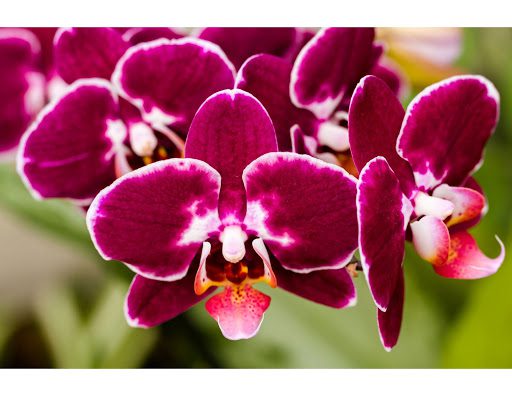
Fact #3: Orchid blooms have symmetry similar to human faces.
Interestingly, scientists posit that orchids are popular in part because of the unique symmetry of their blooms.
Orchid blooms have bilateral symmetry. Objects with bilateral symmetry are identical along a vertical axis. In other words, if you draw a line down the middle of an orchid’s bloom, each half mirrors the other, just like a human face. In many regards, when you look at an orchid, it matches the structure of your own face.
Many other popular flowers have radial symmetry, meaning they have identical halves along a central axis.
Professional Tip: Gardens are most intriguing when they include a variety of unique plants. Having a healthy mix of bilaterally symmetric and radially symmetric blooms in your indoor garden will go a long way to achieve an eye-catching aesthetic.
Fact #4: Some wild orchids grow in the arctic.
Many people instantly think of Hawaiian beaches, South American rain forests, and Asian coasts when they picture orchids in the wild. But orchids can grow in unexpected places. Alaska, for example, is home to 30 orchid species which grow along its glaciers and alpine ridges.
The natural habitats of orchids are quite diverse and range from tropical settings to arctic regions. Orchid species have also adapted from sea-level regions to altitudes upwards of 12,000 feet; they’re found on all continents except Antarctica.

Interestingly, the Canadian Arctic boasts a unique orchid species. The northern coralroot orchid grows in peat bogs across the low arctic tundra. It has a single, pale-yellow flower with a freckled lip. Since the coralroot orchid doesn’t generate energy with photosynthesis, it has no leaves. Instead, the orchid obtains its nutrients from decayed plant material in the soil.
Professional Tip: If you’re growing a high-altitude orchid, it typically won’t require a humid environment. If you’re growing a common tropical species, though, you’ll want to provide your orchid with optimal humid conditions by placing it on a humidity tray.

Fact #5: Wild orchids existed before the continents drifted apart.
In 2007, a scientific study discovered ancient orchid pollen on the back of a bee encased in amber. The study dates the fossil to around 10 or 15 million years ago, meaning orchids were populating the planet a long time ago.
Interestingly, scientists have also discovered related orchid species across thousands of miles. This leads researchers to believe that orchids once shared a common ancestor before the continents divided to form what we know as the modern globe. Botanists have dated some orchid species to around 120 million years old.
Professional Tip: If you’re hoping to keep your indoor orchid happy so it can thrive like others in its lineage, be sure to incorporate a safe orchid fertilizer into your watering routine. Our Premium Orchid Food is gentle on your orchid and supports healthy growth all year-round. Simply spray the fertilizer on your orchid’s leaves and roots every time you water.
Fact #6: Orchids are threatened in the wild.
While many wild orchids are populus, several orchid species are rare and protected by state laws. Some orchid species are federally listed under the Endangered Species Act.
Orchids are primarily threatened in their natural habitats by human activities and environmental destruction.
Poaching is a leading threat to orchids in the wild. It is estimated that hundreds of orchid species are destroyed every year due to human poaching activities, which involve harvesting wild orchids and selling them on the market.
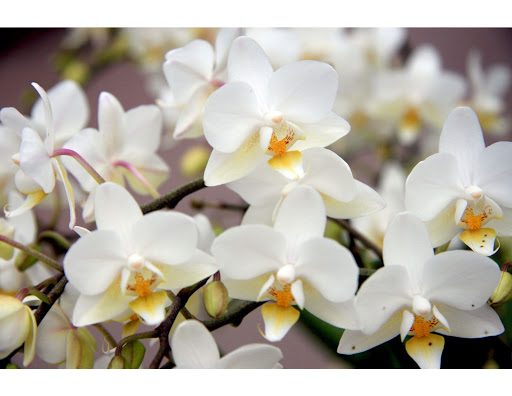
In some areas, climate change also poses risks to orchids. Many orchid species don’t do well with drastic changes to their environment. To accommodate changes, many hybrid orchids are bred, which threatens the original species since they may become obsolete.
Professional Tip: There are many local, national, and global efforts to conserve orchids and their natural habitats. To help the North American Orchid Conservation Center protect orchids in the wild, please consider offering a donation by clicking here.

